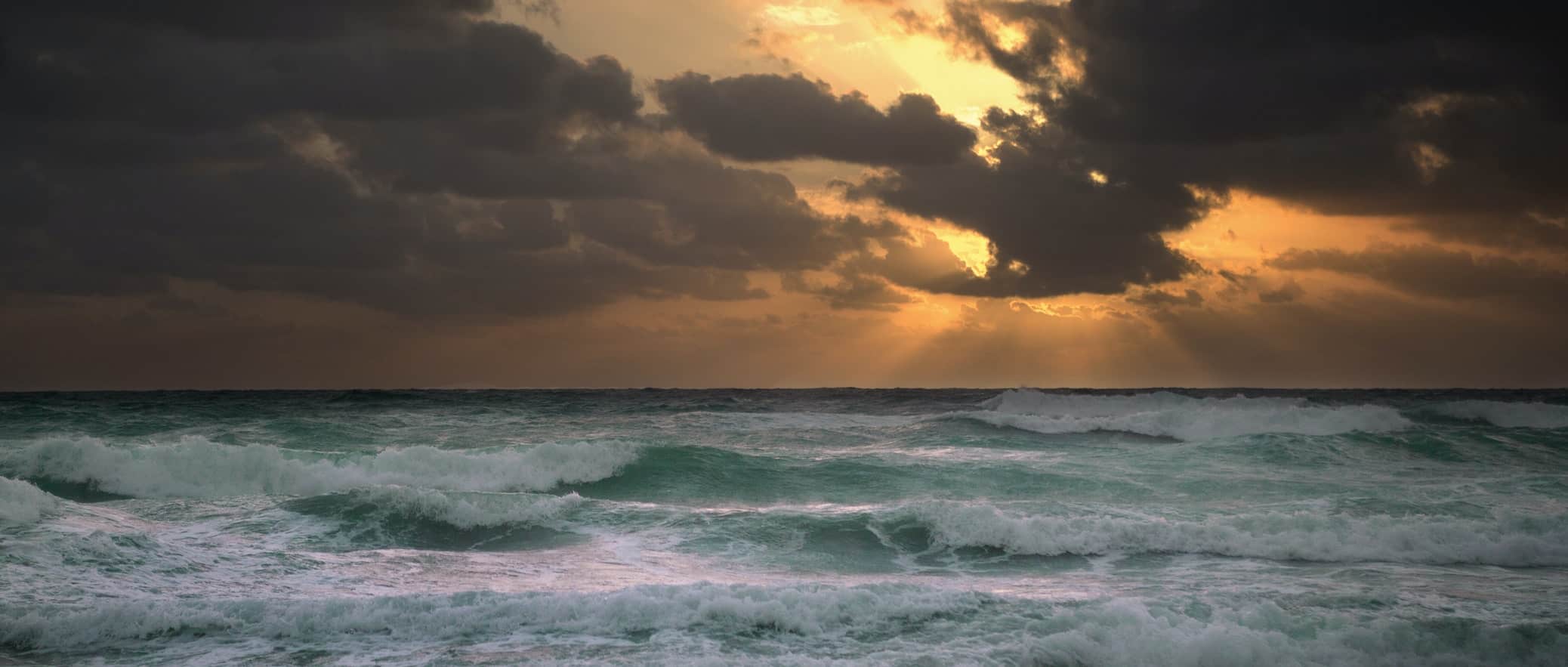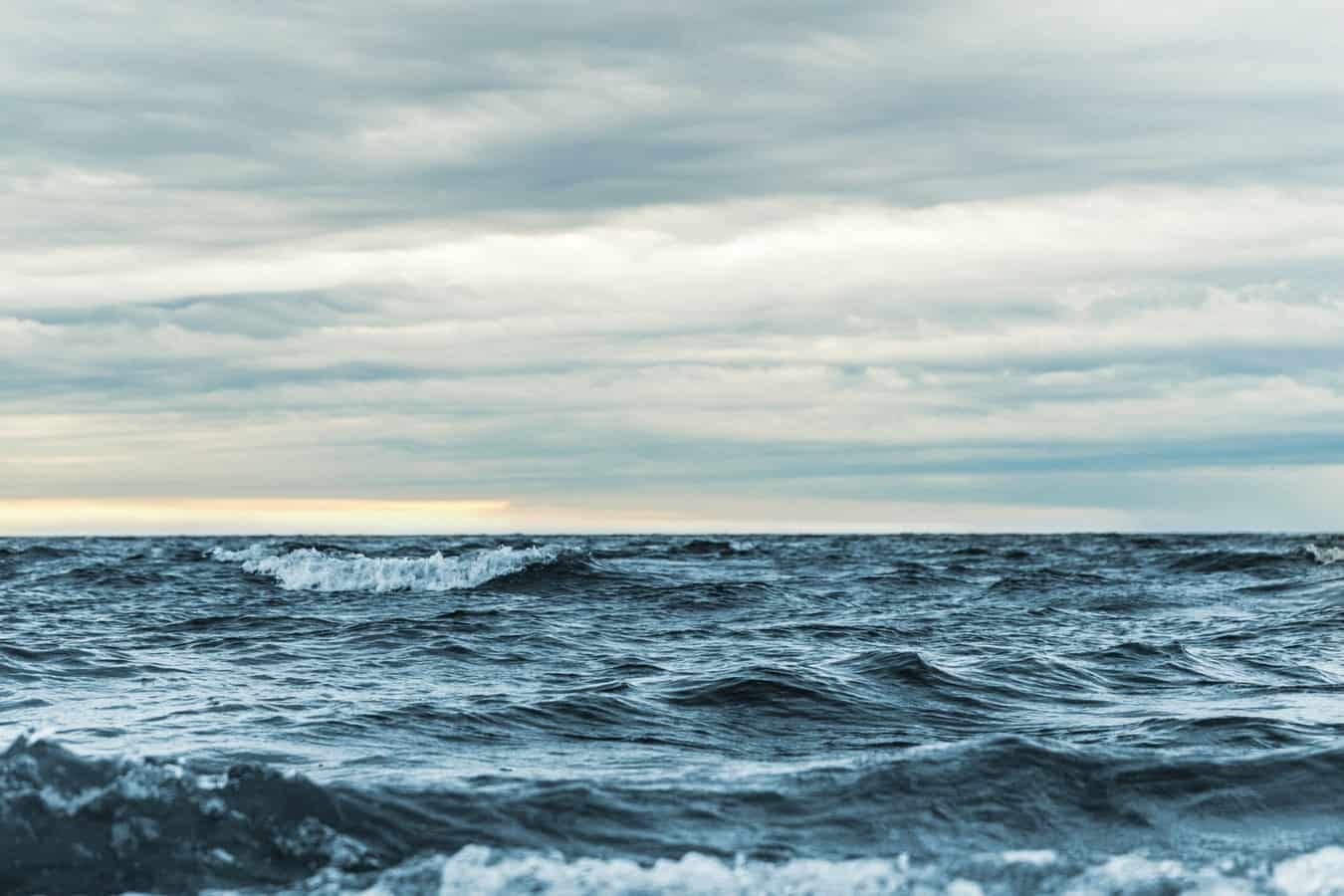Learning to surf is an exciting venture. Picking out your first board, the first time you actually stand up on your board, the first time you wipe out.
All rights of passage into the surfing community.
So you’ve done all you can do on whitewater waves and are ready to level up, but you’re still just a newbie. You’re not looking for huge barrels but want to go after some real waves.
How do you figure it out and what are the best conditions for beginner surfers? Generally speaking, a mellow beach break with light offshore winds with wave heights ranging from 1-3 feet are the ideal conditions for a beginner to learn.
As an oversimplification, a beach break with one to three foot waves and a light offshore wind will be the best conditions to learn to surf. However, the more complex answer is that every break has specific conditions that give the best surf at that specific spot.
Beach breaks are recommended for beginners because the sand is a little more forgiving than rocks or reef.
Since you’re likely to fall more often, you’ll save your body and board by sticking to sandy bottom breaks.
However, waves change dramatically at beach breaks since the sand is always moving. Things like the tide, wind direction and wind speed, as well as size and swell all factor into whether a break has suitable waves.
Some breaks are better at high tide versus low, so you need to be familiar with what works best at your beach. You can also ask another surfer or look online.
As mentioned, offshore wind is an ideal direction as this slows the waves slightly giving them more time to clean up their form, but then again no wind is also considered best.
Too strong of winds create choppy, messy waves.
Obviously size and swell are huge. Groundswell waves will generally be cleaner and have a greater wave period between them, anywhere from ten to twenty seconds, allowing for better surfing.
But these waves are also stronger and more powerful than windswell which are waves created closer to shore. In order to understand the conditions at your local break, you have to read and understand the surf report.
How To Read The Surf Report
The surf report is a compilation of all the data you need in order to understand what the waves will look like at the beach, sort of a weather report for the water.
Usually a combination of graphs and charts, it relays the important data that contributes to the waves.
The most important pieces of information to look at are wave height, swell period, wind direction and speed, as well as tide. By understanding the surf report you can know whether your favorite spot has killer waves or just mush.

Wave Height
How big the waves are is the first indicator in determining if it’s going to be a good day to surf.
Wave height in the surf report is measured by buoys out in the water. Then the average height is calculated over a twenty minute period.
This means that while the waves will generally be around the height listed, you’ll also get bigger and smaller waves.
Beginners should stick with waves between one to four feet high. Four feet being the max. Or in other terms, the best height for beginners is between ankle to waist high waves.
Swell Period
Swell period is just as important as the wave height. It is the amount of time it takes a wave to pass a certain point.
Shorter periods indicate windswell waves. These will be choppier, low quality waves.
Longer periods indicate groundswell waves. Groundswell travels over a longer distance, allowing the waves to organize into cleaner sets.
Longer periods will also mean more powerful waves than short. In general, you’re looking for swell periods over 10 seconds. Less than that and you’ll have a hard time catching them.
Swell Direction
While the period tells you what kind of waves are coming, swell direction will tell you if it will hit your shores.
Listed as North, South, East, West etc, you need to know what direction your beach faces to understand if the swell is coming for your shores.
For instance, an east facing beach will miss the best waves of a north east swell. The best waves will have a swell direction traveling the same way your beach faces.
Wind Direction
Even if all the other conditions are right, the wind can totally change and mess with the waves. As mentioned before, a light offshore or no wind conditions are ideal.
Offshore means the wind is blowing from the land onto the water, or off of the shore. Onshore means the wind is blowing from the water to the shore.
Onshore winds speed up the waves, creating choppy, messy conditions, while offshore wind slows down and softens the waves causing them to crash later and cleaner.
Wind direction is also listed in cardinal terms of north, south etc. So again, know what direction your beach faces to decipher whether you’re getting onshore or offshore wind.
Wind Speed
If the winds are too strong, same thing, you’re looking at less than ideal waves.
In general, the winds are more gentle in the morning and pick up throughout the day. One of the reasons early morning surfing is so popular. Although sometimes you’ll get lucky with a calm sunset session.
Look for wind speed under eight miles an hour. Above that is considered strong winds.
Tide
Last is tide. Tides are controlled by the gravitational pull of the moon.
Everyday the tide moves by around fifty minutes. So if the high tide was 7:00 am yesterday, it will be 7:50 am today.
Tides will be greater and stronger during a full moon, creating higher highs and lower lows. During a new moon you’ll see less variation and weaker tides.
The surf report will list the high and low tides at your beach for the day. Then it’s up to you to know the best time to surf that spot.
Some breaks will be better at high tide, others low and some aren’t as affected by tide. The easiest way to find out the best time at your spot is to just ask.
Primary and Secondary Swells
Since swells are created by winds and storms offshore, you can have more than one coming to your beach. Surf reports will list this as primary, secondary and so on.
When the swells travel in the same direction, they can combine, creating even greater waves. However, when they go towards each, the energy gets canceled out and the waves die.
Other Factors to Consider
As a beginner, there’s a lot to consider in choosing the best conditions to go out in. Reading and understanding the surf report is huge to know whether the waves are right for you.
Don’t rule out less than ideal conditions as they can be good practice. Smaller, weaker surf is not bad for a beginner to learn on as long as they’re strong enough to catch.
On the other hand, watch out for going out in conditions over your skill level.
You want to push yourself, but safety is huge in surfing. Be sure you can be safe and your swimming skills are up to par before trying stronger surf.
By that token, you don’t want to go out when the break is too crowded or when you’re the only out there.
You don’t want to spend the whole time waiting in the lineup only to go after a couple waves. You also certainly don’t want to end up in a bad situation because there’s no one else out there.
Pay attention to when your break is overly crowded or empty. Aim for the sweet spot.
As mentioned, beach breaks are often suggested for beginner surfers. But if your beach break is particularly steep with heavy, hollow waves, it’s probably not for you yet.
And while reef breaks and point breaks can be hazardous due to the rocks and sharp reefs, a deep reef with mellow waves can still be a good situation for a beginner.
In fact, a point break can be a great place for a beginner as they tend to have much more consistent waves. Do your research on your local breaks and ask around to find the best one for beginners.
Related Questions
Can You Teach Yourself to Surf?
Technically, you can teach yourself to surf, but it’ll be a long, arduous process. The best way to learn how to surf is to enlist someone with experience, be it a friend or a surfing instructor.
Lessons are ideal. By taking lessons you have someone to explicitly explain the best practices of surfing and someone to critique and help your form.
It will be much harder, and sometimes unwise to try to teach yourself.
What is The Best Time to Surf?
The surf report will help decipher the best time to surf, but it’s believed the best times are in the early morning and evening around sunset.
At both these times, the wind has generally died down leaving the best conditions of the day.

